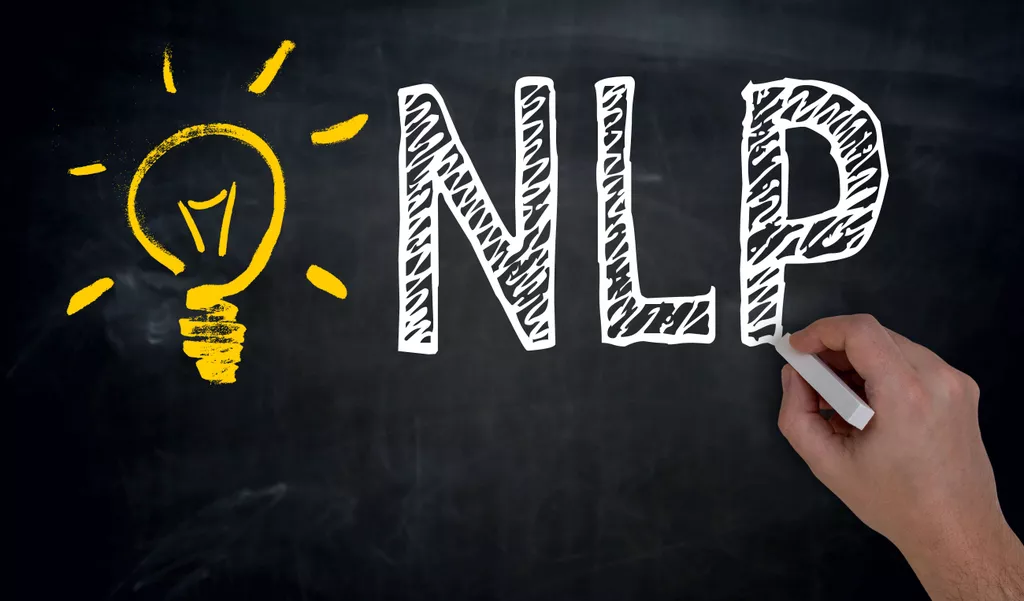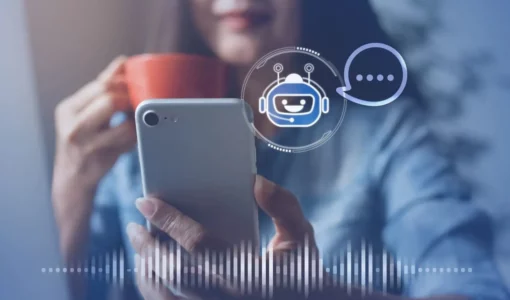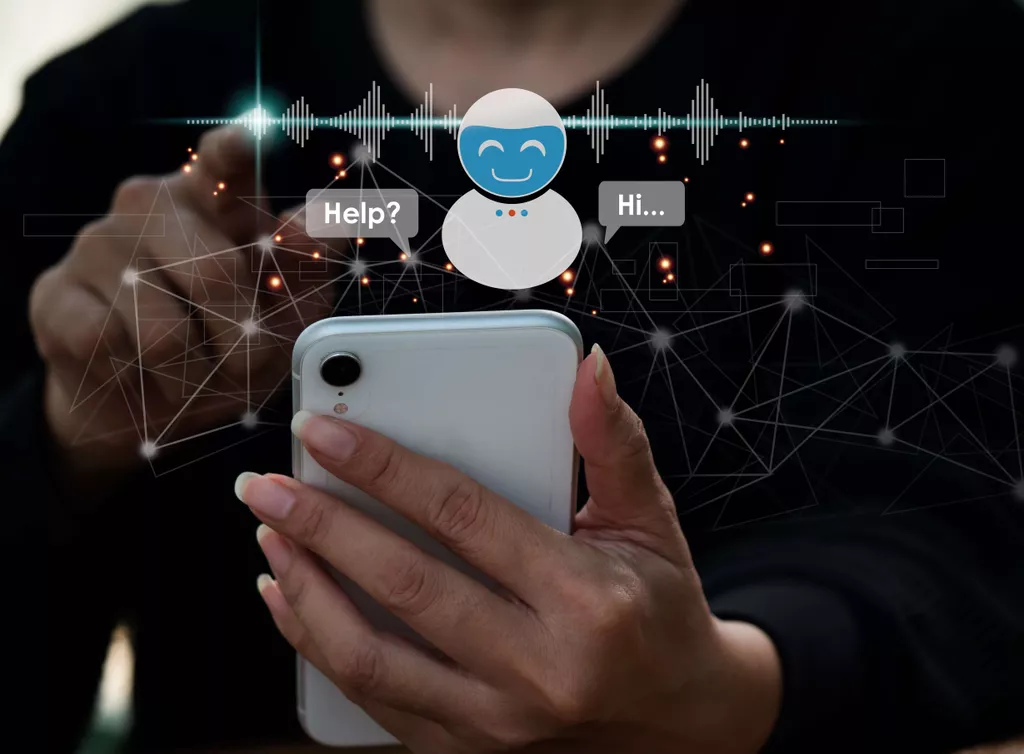
While machines can generate text quickly and accurately, they cannot comprehend the nuances of language and the cultural context that shapes it. Additionally, they cannot replicate the creativity and originality of human writers, who are capable of producing unique and compelling content that reflects their personal experiences and perspectives. As AI technology continues to evolve, researchers and developers will need to address these limitations if they hope to create truly human-like language generation systems.
The purpose is to generate text tokens one after the other until a terminating criteria is met. This termination is usually a termination token ( in the figures) or a max length criteria. Gain a deeper level understanding of contact metadialog.com center conversations with AI solutions. By implementing NLP techniques for success, companies can reap numerous benefits such as streamlining their operations, reducing administrative costs, improving customer service, among others.
Understanding Natural Language Generation
In terms of data labeling for NLP, the BPO model relies on having as many people as possible working on a project to keep cycle times to a minimum and maintain cost-efficiency. Even MLaaS tools created to bring AI closer to the end user are employed in companies that have data science teams. Consider all the data engineering, ML coding, data annotation, and neural network skills required — you need people with experience and domain-specific knowledge to drive your project. To evaluate the language processing performance of the networks, we computed their performance (top-1 accuracy on word prediction given the context) using a test dataset of 180,883 words from Dutch Wikipedia. The list of architectures and their final performance at next-word prerdiction is provided in Supplementary Table 2.
- However, they do not compensate users during centralized collection and storage of all data sources.
- NLG system takes as input six numbers, which predicts the pollen levels in different parts of Scotland.
- All neural networks but the visual CNN were trained from scratch on the same corpus (as detailed in the first “Methods” section).
- NLP chatbots use feedback to analyze customer queries and provide a more personalized service.
- A computer program’s capacity to comprehend natural language, or human language as spoken and written, is known as natural language processing (NLP).
- If the story you convey regularly has numbers and consistent format to display, NLG could be the best resource for automating those tasks.
Therefore, we have to make the sequences in the training data have the same length. First, data (both structured data like financial information and unstructured data like transcribed call audio) must be analyzed. The data is filtered, to make sure that the end text that is generated is relevant to the user’s needs, whether it’s to answer a query or generate a specific report. At this stage, your NLG tools will pick out the main topics in your source data and the relationships between each topic.
Speech-to-Text – Enhancing Communication with AI
Ultimately, the future of AI Natural Language Generation looks promising as more companies embrace automation and seek innovative ways to enhance their operations. The future of AI natural language generation (NLG) is a topic that has been generating much interest and excitement in recent years. As the capabilities of NLG continue to expand, it is becoming increasingly clear that its potential applications are vast and varied. In addition, AI Natural Language Generation will also pave the way for more personalized and efficient communication between humans and machines, revolutionizing industries such as customer service and healthcare. Because they are designed specifically for your company’s needs, they can provide better results than generic alternatives. Botpress chatbots also offer more features such as NLP, allowing them to understand and respond intelligently to user requests.

For many e-commerce and retail firms, it is difficult to generate content for each product manually. Now we have to convert these sequences (x and y) into integer sequences, but before that, we will have to map each distinct word in the dataset to an integer value. So, we will create a token to integer dictionary and an integer to the token dictionary as well. Now that we know how a neural language model functions and what kind of data preprocessing it requires, let’s train an LSTM language model to perform Natural Language Generation using PyTorch. I have implemented the entire code on Google Colab, so I suggest you should use it too.
Neural Natural Language Generation
NLP is built on a framework of rules and components, and it converts unstructured data into a structured data format. The primary benefit of NLG software is that it can significantly reduce the amount of time required for manual writing tasks. By automating tedious report writing tasks with an AI system, businesses can save resources while still providing accurate information quickly and efficiently. On top of this, NLG systems can also be used to create personalized customer experiences that would otherwise require a lot more effort from human writers. For example, an ecommerce website could use an NLG system to generate product descriptions tailored specifically to each customer’s interests or needs.
What is NLP and NLU and NLG?
NLP (Natural Language Processing): It understands the text's meaning. NLU (Natural Language Understanding): Whole processes such as decisions and actions are taken by it. NLG (Natural Language Generation): It generates the human language text from structured data generated by the system to respond.
To address this issue, we systematically compare a wide variety of deep language models in light of human brain responses to sentences (Fig. 1). Specifically, we analyze the brain activity of 102 healthy adults, recorded with both fMRI and source-localized magneto-encephalography (MEG). During these two 1 h-long sessions the subjects read isolated Dutch sentences composed of 9–15 words37. Finally, we assess how the training, the architecture, and the word-prediction performance independently explains the brain-similarity of these algorithms and localize this convergence in both space and time. Natural language generation software is computer-generated software designed to create natural-sounding output.
What are the challenges of content automation with NLG?
NLP has applications in various domains, including customer support, content analysis, information retrieval, virtual assistants, language translation, and many others. Because of the complexities in developing the algorithms and models used in NLG, this module focuses mainly on how natural language is understood by computers, or NLU. For much of the past decade neural networks and deep learning have dominated NLP research and development. NLP areas of translation and natural language generation, including ChatGPT, have vastly improved and continue to evolve rapidly. Another significant development in AI-driven natural language generation is its ability to understand sentiment analysis. Machines are now capable of identifying emotions expressed in text, allowing them to tailor responses accordingly.
Training time is an important factor to consider when choosing an NLP algorithm, especially when fast results are needed. Some algorithms, like SVM or random forest, have longer training times than others, such as Naive Bayes. Naive Bayes is a probabilistic classification algorithm used in NLP to classify texts, which assumes that all text features are independent of each other. Despite its simplicity, this algorithm has proven to be very effective in text classification due to its efficiency in handling large datasets. The verb that precedes it, swimming, provides additional context to the reader, allowing us to conclude that we are referring to the flow of water in the ocean.
Enhanced Human-Machine Collaboration
With AI-powered tools, businesses can create high-quality content at scale without compromising on quality or consistency. This technology allows companies to produce more personalized and engaging content for their target audience while saving time and resources. For instance, it handles human speech input for such voice assistants as Alexa to successfully recognize a speaker’s intent. First, our work complements previous studies26,27,30,31,32,33,34 and confirms that the activations of deep language models significantly map onto the brain responses to written sentences (Fig. 3).

What is NLP algorithms for language translation?
NLP—natural language processing—is an emerging AI field that trains computers to understand human languages. NLP uses machine learning algorithms to gain knowledge and get smarter every day.